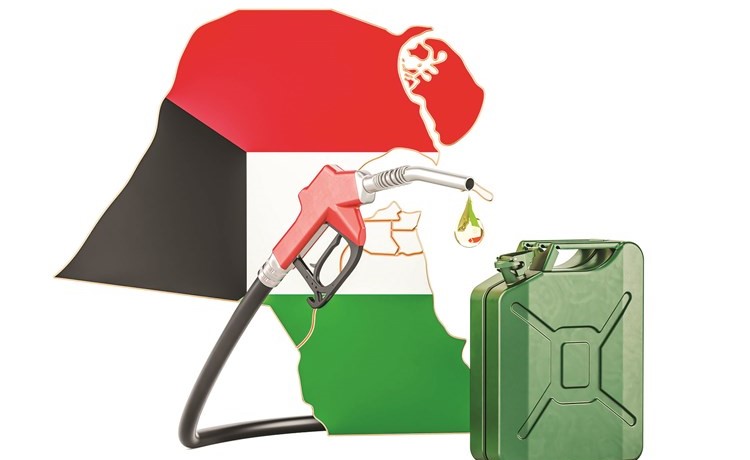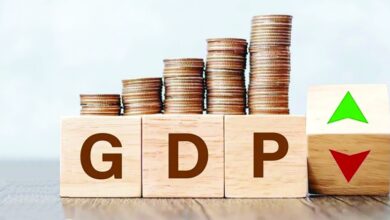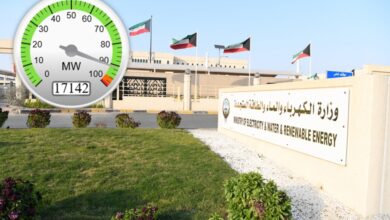Fuel prices lowest in Kuwait among Gulf states, second in Arab world

The International Monetary Fund has published a research paper that deals with changes in inflation rates in the Gulf countries during the period between 2019 and 2022 and analyzed the reasons for their rise during the last two years, which it summarized as the heavy reliance on imports and increased consumer spending in light of the rise in oil prices during that period.
However, the paper confirmed that in some Gulf countries, the increases were lower than the global averages in some sectors in light of government support, reports Al-Anba daily.
The paper analyzed 3 sectors and the extent of the impact of the inflation wave that struck the world on them in the Gulf countries, which are food, housing services, and fuel.
The report confirmed that the high inflation rates in the Gulf countries are mainly due to their heavy dependence on imports in light of the global markets suffering from an increase in the prices of most commodities in light of the geopolitical tensions and the war in Ukraine that affected supply chains, making the Gulf countries’ economies dependence on imports equivalent to Twice the rate in advanced economies.
The Fund’s report indicated that Kuwait was the lowest Gulf country and the second lowest Arab country in terms of fuel prices, as measured by the change in prices during the period between 2019 and 2022 relative to the average changes in global prices, as it ranked second after Algeria in the Arab world, with a slight decrease from global levels equivalent to about 1%, and the rates of change in fuel prices in all Arab countries monitored by the report were less than the global average, with the exception of the UAE.
Kuwait’s annual imports amounted to 43% of the country’s gross domestic product, and with that percentage it ranked third among the Gulf countries, as the UAE topped the list with a percentage of 80%, followed by Bahrain with a ratio of imports to the size of the economy reaching 68%.
The Sultanate of Oman came in fourth place with a rate of 42%, and the lowest countries in terms of the ratio of the value of imports to GDP were Qatar and Saudi Arabia with rates of 38% and 29%, respectively.
However, in terms of the index of the ratio of imports to the volume of trade exchange (value of imports + value of exports), Kuwait came in the lead with a percentage representing the maximum for the Gulf countries, which ranged between 41% – 46%, and Qatar was the lowest in the Gulf countries in that rate.
The contribution of rises in the prices of housing and food services to the increase in inflation rates last year in the Gulf varied, as the contribution of food price rises in Kuwait topped the list among all GCC countries, which witnessed a continuous rise during the period between 2020 and 2022, while the contribution of food price rises was Inflation in Oman ranks second after Kuwait.
Kuwait ranked second in terms of the contribution of housing services to price increases in general and inflation rates, after Qatar, which took the lead. The contribution of food price increases declined in the rest of the Gulf countries compared to Kuwait, which decreased in Saudi Arabia gradually from 2020 until last year, while it was Neutral in 2021 in the UAE.













